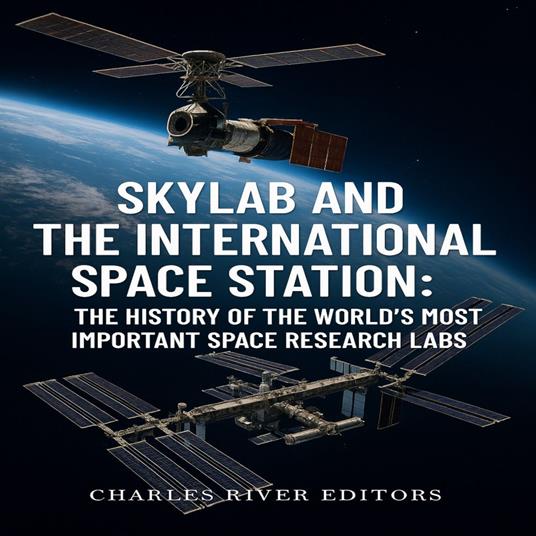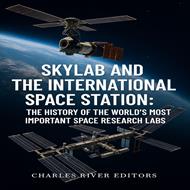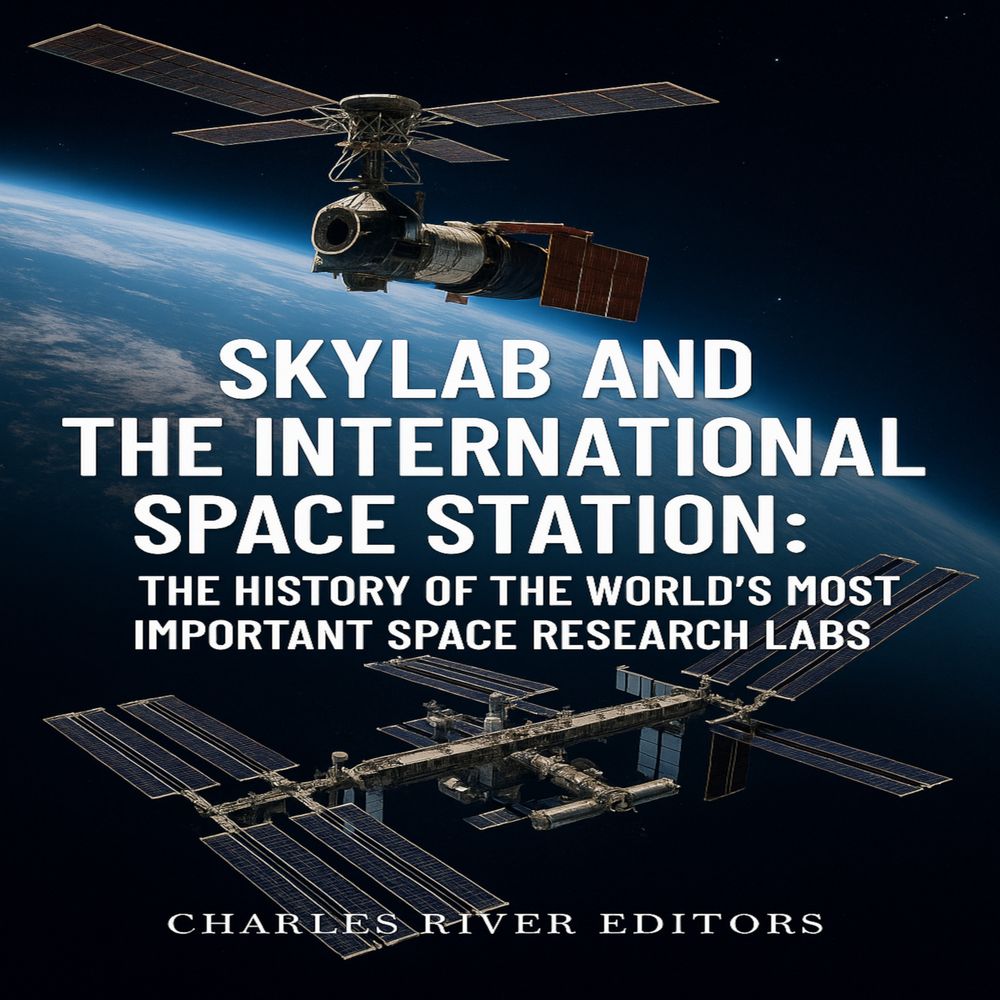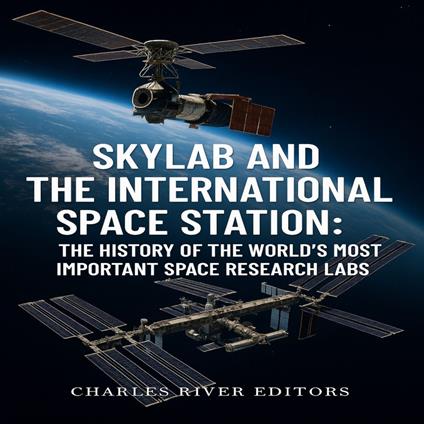Skylab and the International Space Station: The History of the World’s Most Important Space Research Labs
During the Space Race, many people envisioned a future in which space travel would be a common undertaking for ordinary citizens. Just as riding in an airplane was once a daring endeavor, travel by rocket could be refined and made safer over time. That collective aspiration to someday take part in dreams NASA brought to life was integral to inspiring public interest in the space program. However, in the years following Apollo 11 in 1969, popular enthusiasm for space travel waned, and dreams of vacationing like the Jetsons gave way to more grounded goals. The level of interest NASA enjoyed would never again be comparable to the culturally defining moments of the agency’s most celebrated missions during the Mercury, Gemini and Apollo Programs. Nonetheless, in 1972 and 1973, NASA sent nine astronauts to spend extended periods of time living in a craft named Skylab, the very first experimental American space station. Though Skylab would not last long, and the International Space Station remains far more famous, Skylab’s history is one of ingenuity and challenge, as well as how NASA found itself without a mission after the triumph of the Apollo Program. Thanks to the various components that have been put together, the International Space Station is bigger and brighter than all other artificial satellites. With relatively low power magnification, people can see the solar panels radiating outward from the numerous international modules which make up the ISS. The reality of that platform, at the edge of the ocean of space, is pretty astounding when looked at from the perspective of history. Only 120 years ago, mankind did not know if it was possible to fly in a heavier-than-air vehicle. Constructed with over 30 different modules and pieces that were carried into orbit by dozens of different launches, the ISS is already over 150 feet long, 300 feet wide and 60 feet tall.
-
Autore:
-
Durata in (hh:mm:ss):02:34:44
-
Anno edizione:2025
-
Editore:
Formato:
Gli Audiolibri venduti dal nostro sito sono in formato MP3 e protetti da un DRM proprietario Kobo.
Compatibilità:
Gli Audiolibri venduti dal nostro sito possono essere ascoltati sul tuo smartphone o tablet tramite la APP gratuita Kobo Books scaricabile da iOS o Android. Gli Audiolibri non possono essere scaricati in locale o trasferiti su un client di ascolto diverso da quello fornito tramite Kobo. Non è possibile ascoltare gli audiolibri con la Kobo APP Desktop. Puoi ascoltare gli Audiolibri tramite determinati eReader Kobo, utilizzando cuffie o casse con Bluetooth. Visita la pagina degli eReader per avere maggiori dettagli.
Cloud:
Gli Audiolibri venduti singolarmente dal nostro sito sono immediatamente sincronizzati sul tuo account personale in automatico. Successivamente all'acquisto, sono subito disponibili all'ascolto tramite i client di lettura Kobo compatibili.
Clicca qui servissero ulteriori informazioni



